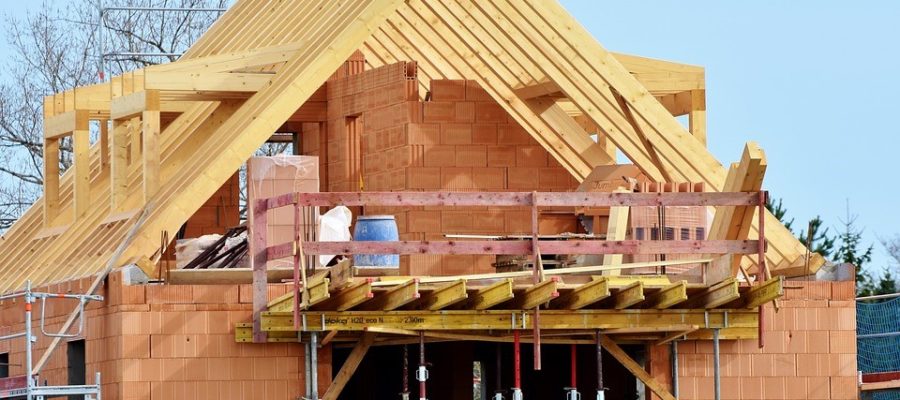The type of insulation that you need for your building project can differ greatly depending on whether you are prioritizing energy efficiency, asthma or allergies, surrounding climates, bushfire possibilities or a host of other factors.
TIP: Insulation grants are available to homeowners to improve the energy efficiency of their home. To find out how to qualify then click here to read through Warma UK’s guide on who qualifies for an insulation grant.
So how do you decide? The first step is understanding the different types of insulation available to you. Here are a few of the most common types of insulation that you can consider for your home:
Blanket Batts and Rolls
This insulation is usually made of fiberglass, plastic or natural fibers. You might also find it made from mineral wool. You can DIY the installation of rolled insulation for ceilings, walls and floorings free of obstruction.
Usually, the materials in the blanket batts and rolled variety of insulation are designed to fit between attic rafters, wall studs and other similar areas. Just be sure to wear protective clothing to avoid being irritated by the fiberglass material!
Spray Foam
This sprayable agent can be applied on unfinished attic floors, new wall cavities or in enclosed walls. Its sprayable properties – the foam is applied as a liquid but expands to fill up any available space – allow it to be easily added to irregularly shaped places or even around obstructions.
While spray foam costs more than batt insulation, the air barrier formed can eliminate the need for additional weatherisation techniques like caulking. The excess pieces of dried foam can be cut to leave a smooth, flat surface underneath.
Loose Fill and Blown-In
Loose-fill insulation can be made of cellulose, fiberglass or mineral wool. It acts similar to spray foams, whereby the materials are blown into empty spaces between attic floorings or other enclosed areas with a special machine.
Blowing loose-fill insulation is a simple DIY project by renting an insulation blower. However, if you want to ensure that you have the best application, you can also hire a professional.
Rigid Blocks and Panels
Where foundation or basement walls and unfinished floorings are involved, rigid foam panels or foam boards can be applied to reduce heat conduction across walls or floors.
Typically, these boards range from 1 to 2.5 inches thick. Therefore, you’ll find that this type of insulation reduces a house’s energy consumption levels more than other available insulation materials.
Reflective System
Creating a reflective insulation system is a simple DIY. Apply reflective or radiant barriers by placing foil-faced kraft paper or plastic films in attics or on ceilings. The insulation option works best in hot climates.
Reflective insulation primarily works by reflecting light to prevent further heat gain. Plus, it can radiate heat and transfer it to cooler surfaces for more balanced temperature.
Even when you use reflective insulation in a colder climate, you can save 5 to 10 percent off your usual cooling costs.
SIPs
Structural insulated panels are usually installed by construction workers while a house is still being built. Each of these panels contains either a foam board or liquid foam at its center.
Since SIPs are essentially fitted together to form a house’s walls and roof, they provide uniform insulation throughout the house. Due to its uniform insulation and ability to save about 12 to 14 percent in energy consumption, it is no surprise that SIPs are also a bit pricier.


